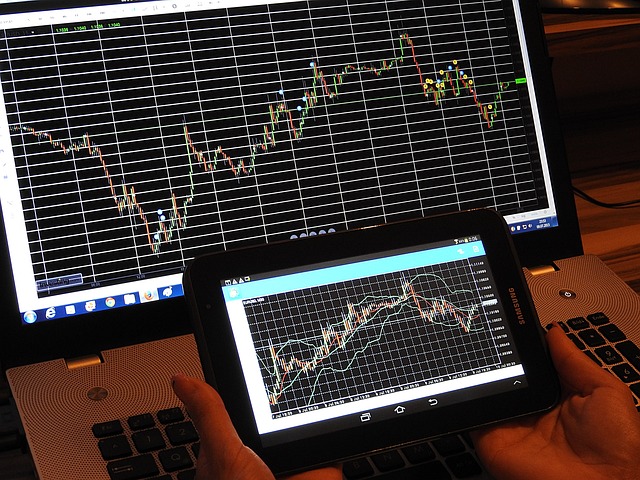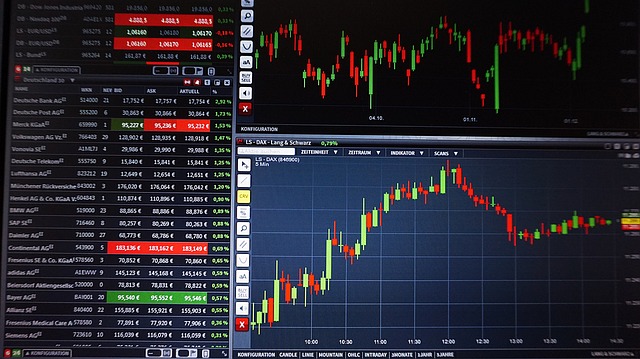The Ultimate Guide to Trading Bots: Revolutionizing the Financial Landscape
The world of finance has historically been characterized by volatility and unpredictability. For many traders, this means the difference between profit and loss can hinge on the smallest margin. Enter the trading bot—the technology that promises to revolutionize how we approach trading in both stock markets and cryptocurrency exchanges. This article will delve deep into trading bots, exploring their workings, benefits, potential pitfalls, and their future trajectory in the financial world.

What is a Trading Bot?
A trading bot is a software program that interacts with financial exchanges, analyzing market data and executing trades on behalf of the user. These bots utilize advanced algorithms and programming to assess market conditions and develop trading strategies based on extensive historical data, thereby making trading decisions without human intervention.
How Trading Bots Work
At its core, a trading bot operates based on predefined criteria established by the trader. This could include technical indicators, price movements, and other market signals. The bot continuously scans the market for these signals and executes trades when conditions are met. Here’s a simplified breakdown of the common functionalities:
- Data Analysis: The bot analyzes vast amounts of market data to identify patterns and trends.
- Execution: Upon finding a trading signal, the bot can automatically execute orders on the exchange.
- Backtesting: Most trading bots allow users to test their strategies against historical data to evaluate performance.
Types of Trading Bots
There are several types of trading bots, each designed to suit different trading strategies and user preferences:
- Market Making Bots: These bots profit from the bid-ask spread by continuously placing buy and sell orders.
- Trend Following Bots: These bots analyze price trends and invest in assets based on the overall market trend direction.
- Arbitrage Bots: Designed for users who wish to take advantage of price discrepancies across different exchanges.
- Portfolio Management Bots: These help in asset allocation by automatically rebalancing a portfolio based on predefined risk levels.
Benefits of Using Trading Bots
In the dynamic world of trading, trading bots offer numerous advantages. Here are some of the most compelling benefits that traders can derive from their use:
1. Continuous Market Monitoring
One of the standout features is that trading bots can operate 24/7, tirelessly monitoring the market and seizing opportunities that a human trader might miss. This continuous efficiency can be crucial, especially in fast-moving markets like cryptocurrency.
2. Emotionless Trading
Human emotion often leads to impulsive decisions—fear, greed, and anxiety can cloud judgment. Trading bots eliminate these emotional factors, adhering strictly to predetermined strategies and rules, which can lead to more rational and calculated trading decisions.
3. Backtesting Capabilities
Many trading bots offer backtesting features that allow traders to evaluate the effectiveness of their strategies against historical data before risking actual capital. This can be invaluable for refining trading techniques.
4. Time-Saving
In an arena where every second counts, trading bots can execute trades at lightning speed. This time-saving advantage allows traders to focus on developing strategies rather than managing trades manually.
Challenges and Drawbacks of Trading Bots
Despite their myriad advantages, trading bots are not without pitfalls. As much as they can be beneficial, it’s essential to approach them with caution. Here are some challenges that traders may face:
1. Dependence on Technology
Trading bots rely heavily on technology, which means they may be susceptible to technical glitches or malfunctions. A bug in the code or unexpected system failure could lead to significant financial losses. Traders must remain vigilant even when using automated systems.
2. Market Conditions
Bots operate based on historical data and established strategies. Thus, they might struggle during unexpected market conditions, such as black swan events or extreme volatility. Adapting these technologies to real-time changes is a challenging endeavor.
3. Over-Optimization
There is a risk of over-optimizing a trading strategy to the point where it performs well on past data but fails in real-time due to a lack of adaptability. This is a common pitfall known as curve-fitting, which traders should be wary of.
4. Costs
While many bots are free or low-cost, some premium bots may come with steep fees. Additionally, there can be transaction fees tied to the trades made by the bot, which may eat into profits if not accounted for.

My Personal Opinion on Trading Bots
From my perspective, trading bots represent an intriguing intersection of technology and finance. They offer traders the chance to enhance their trading strategies, increase efficiency, and potentially improve profitability. However, they are not a silver bullet. The financial markets are inherently unpredictable, and there is no guarantee of success simply by employing a trading bot. In my opinion, these tools should complement traditional trading methods rather than replace them. A hybrid approach combining human intuition with automated technology could yield the best results.
The Future of Trading Bots
As technology continues to advance, the capabilities and sophistication of trading bots are expected to grow exponentially. With the rise of artificial intelligence and machine learning, future trading bots will likely become even more adept at analyzing complex data sets and making informed decisions. I foresee a future where bots will be capable of adapting to market conditions in real time, drastically reducing the risks associated with sudden market changes.
Final Thoughts
In conclusion, trading bots have emerged as powerful tools for traders looking to maximize their efficiency and capitalize on market opportunities. While they present considerable advantages, it is essential for traders to understand their limitations and risks. Those who embrace this technology with a balanced mindset—harnessing both automated trading and human insights—might just find themselves ahead of the curve in the competitive world of finance.